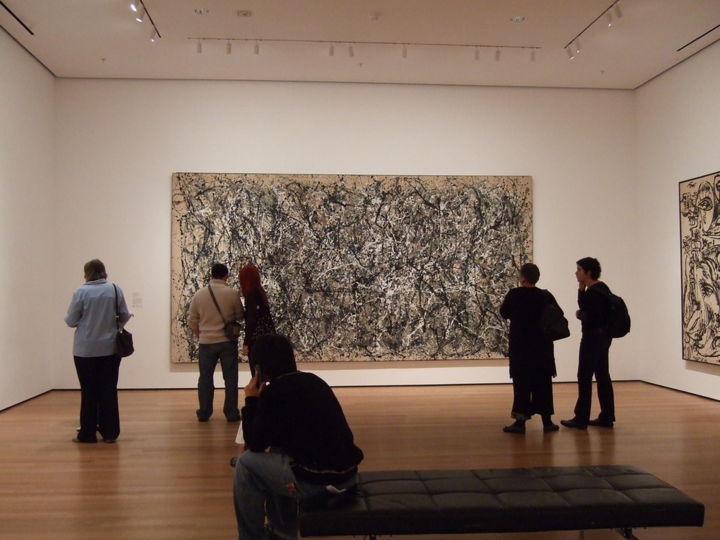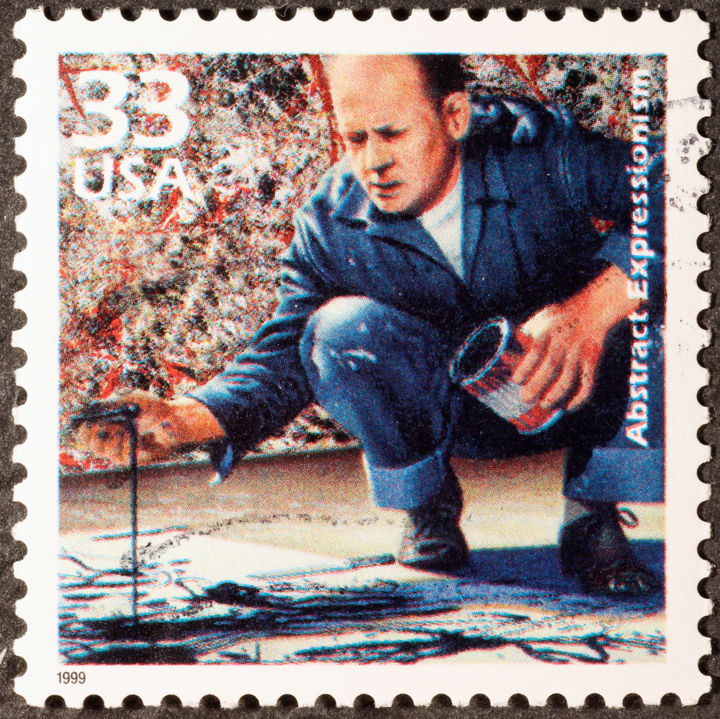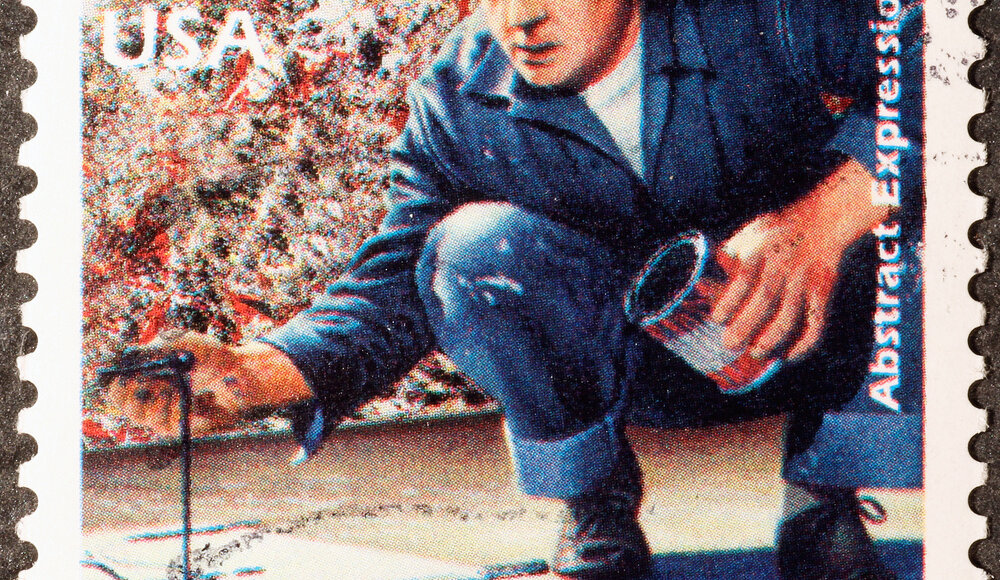
credit: CC BY flickr sweet jeanne
A research team has found the key to what they refer to as “hot streaks,” or periods of intense and successful artistic creativity, according to a report published in Nature Communications on Monday 13th September 2021. The article highlights the fact that Jackson Pollock's time working on his drip paintings lasted for four years, during which he had both extraordinary productivity and artistic accomplishment.
"Most scientists have a hot streak, and it happens only once."
Prior to this, scholars including Dashun Wang had demonstrated the existence of hot streaks. "In scientific careers, we find that scientists publish their finest work in a four- to five-year period," he declared. “Most scientists have a hot streak, and it happens only once.”
However, a single finding defied his conclusions. Wang added, "The hot run can happen at any point in a career." “It was just a lovely interlude.” The three-year project was launched because the team wanted to know how to find an extended winning run. Wang and his colleagues based their new work on the use of artificial intelligence to monitor outputs created by artists, filmmakers, and scientists, who they believed to be prime candidates for an ensuing hot streak. In particular, they wanted to find out if the peaks in creativity occurred because of exploration or exploitation. The researchers defined exploitation as focusing on a specific topic or writing style.

Jackson Pollock at work on american postage stamp credit: Silvio
800,000 photos and the careers of 2,128 artists were scrutinized
This particular AI built by the researchers was able to gauge an artist's style progression over time. In total, the book contains over 800,000 photos, including selections from museum and gallery collections that provide an overview of the careers of 2,128 artists. When a wide variety of styles were identified, it was referred to as a period of exploration, while when very little variation was detected, it was a period of exploitation. An artist's exceptional run was discovered by evaluating the time when the artist's most expensive pieces were produced.
The scientists discovered that neither exploration nor exploitation on its own could forecast a hot streak, saying, “Exploration alone may not be productive, while exploitation without fresh ideas may not be as profitable.”
We searched for a solution for three years
Jackson Pollock Mural - Los Angeles credit: CC BY flickr deestbie
However, the researchers did discover that the same discovery and exploitation sequence that helps artists can also help filmmakers and scientists. The researchers stated in the report that Abstract Expressionist Jackson Pollock's hot streak occurred between 1946 and 1950, when he created the drip paintings that he is most well known for. Pollock's attention was fixed on a single style at this period, and that was preceded by a lot of experimentation, the researchers added. Wang claims, "We searched for a solution for three years." I was stunned by how straightforward the answer was. The best type of outcomes are the ones that are clearly apparent when you've discovered the answer.



 Jean Dubreil
Jean Dubreil